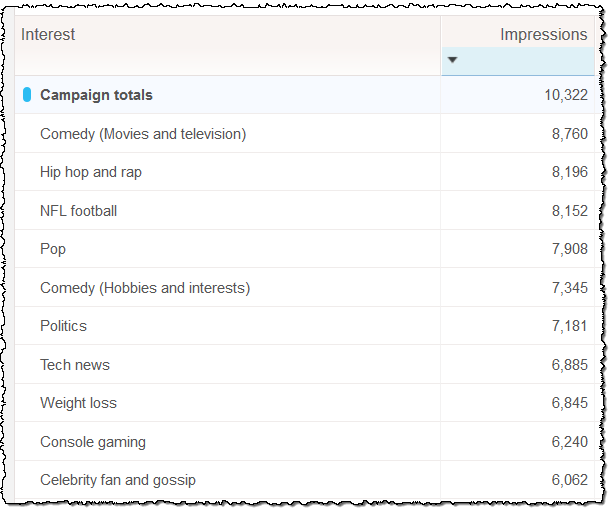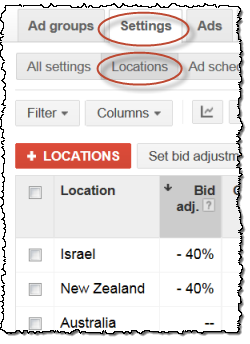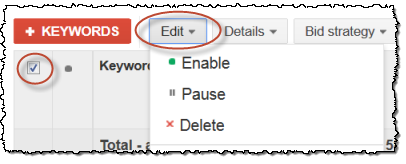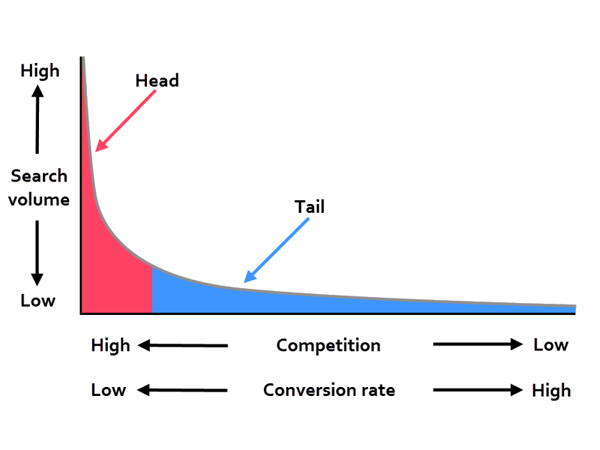Summary: My AdWords account was suspended after ten years of continuous advertising. I was told that hyperlinking from my domain to any another domain was a breach of Adwords policy. This is clearly ridiculous and not what their policy says. But I had to appeal higher up and it took 11 days to get my suspension overturned.
I have been advertising my PerfectTablePlan seating plan software continuously on Google AdWords since the 7th March 2005. Just shy of 10 years. Google emailed me on the 20th Feb. But it wasn’t a thank you for 10 years of loyal custom. It was to tell me they had suspended my account.
Hello,
We wanted to alert you that one of your sites violates our advertising policies. Therefore, we won’t be able to run any of your ads that link to that site, and any new ads pointing to that site will also be disapproved.
Here’s what you can do to fix your site and hopefully get your ad running again:
1. Make the necessary changes to your site that currently violates our policies:
Display URL: perfecttableplan.com
Policy violation: Software principles
Details & instructions: https://support.google.com/adwordspolicy/answer/50423?hl=en
2. Resubmit your site to us, following the instructions in the link above. If your site complies with our policies, we can approve it to start running again.
There was no detail about what I had done wrong. As far as I was aware, I complied with their policies. I had a look through the linked page, but it was about “Malicious or unwanted software”, “Low value content” etc. I couldn’t see anything that obviously applied to my website or software. My software is bona fide. I’ve been selling it for 10 years. It was used to help plan the seating at one of the official events for the Queen of England’s Diamond Jubilee, don’t you know!
I went to the AdWords support page to try and work out who I could talk to. A chat pop-up appeared. So I did an online chat with a Google AdWords employee. He told me that I needed to:
- Add a link to the uninstall instructions on my download page. I told him that my uninstall was completely standard for the platforms I support (Windows and Mac). But he insisted.
- Remove some links that were ‘redirections’ from my reviews page.
- Explain the value of what my software did. I pointed out that this is what the entire website is for. He backed off on that one.
Google doesn’t put uninstall instructions on the download pages of its own software (exhibit A). I was annoyed by the hypocrisy. Also their policy says you mustn’t:
[make] it difficult for users to disable or uninstall the software
It doesn’t say you need to include uninstall instructions. However I wrote a page of uninstall instructions and linked to it from the download page.
I looked at my reviews page. There were 16 links pointing to genuine reviews of my software on various blogs, download websites, magazine websites and Amazon. However some of the links pointed to pages that no longer existed and a few were redirected at the other end. All the redirections seemed completely harmless (for example one was just a redirection to the the same page, but http instead https). But I removed all the links except this one:

This link just pointed to http://www.amazon.com/gp/product/B0017YOSE2/. No redirection at the other end.
I then emailed AdWords support on the 21st Feb to say that I had complied with their requests. I heard nothing for several days. I tweeted them on the 24th and they asked me to fill out an online contact form with my details. I did that on the 25th.
The next day I was woken around 8am by a phone call from AdWords support. I think it was the person I did an online chat with. The line wasn’t great, English obviously wasn’t his first language and I hadn’t had my morning coffee. So it wasn’t a great conversation. But, as far as I understood it, he told me that he couldn’t remove the suspension because I was ‘redirecting’ people from my review page to amazon.com. I tried to point out that it was just a hyperlink and it went exactly where it said it would. But he seemed to be saying that I wasn’t allowed to hyperlink to any external domain from my perfecttableplan.com domain. That is obviously ludicrous and I just about managed to stay civil. Surely I had misunderstood. Soon after I received this email:
Hi Andy,
As per the conversation we had over the phone. I would suggest you to remove the link from your website wherein it redirects me to a different website.
If I click on the link it is taking me to Amazon.com, which is a redirection from your website.
The policy says it has to be on the same website but I guess it is deviating a bit from it.
You can provide information about your products and services in the website but ensure those are not clickable.
Please see the link for policy forum for bridge page here.
Once the changes are done, please write back to me so that we can consult and get this done for you at the earliest.
Have a lovely day ahead.
I emailed back:
I have now removed the link to Amazon.com from this page, as directed:
http://www.perfecttableplan.com/html/reviews.html
> Please see the link for policy forum for bridge page here.
It says:
“Landing pages that are solely designed to send users elsewhere
# /Examples/: Bridge, doorway, gateway, or other intermediate pages”
The review page isn’t a landing page. It isn’t linked directly from any of any of my Google ads. To get to it the user has to:
1. click on the ad
2. click on ‘customers’ in the navigation bar
3. select ‘review’
4. click on the Amazon.com hyperlink (there is no automatic redirect)
Also I am only linking to that page so they can read independent reviews of my product. I don’t [want] them to buy it from Amazon!
…
Please re-review my site at your earliest convenience.
The reply by email was:
Andy,
I understand your point, but from your website the link is taking to Amazon.com. When I click on the link I am taken to this page.
You can write in as for further information please visit this link xyz.com/reviews.. [1]
The link should not be clickable. It is taking from your website to a new webpage.
Request you to change it so that we can review and get it enabled.
Awaiting your response.
Have a great day ahead.
I replied:
I was phoned by someone from Google this morning and have now removed that link.
Can you clarify the situation regarding links to other sites. Does the AdWords policy mean that no site advertising on Adwords can ever hyperlink to another site (surely not)? Assuming that isn’t the case, what hyperlinks are allowed and what hyperlinks are not allowed?
He replied:
Hi Andy,
Thanks for writing in, hope you are doing great.
With regards to your email I would like to confirm that any links that are taking a user to a new website is not allowed.
You can provide links, which are not clickable.
The user must not get redirected to a new website.
Hope this answers your query.
I have bolded the offending line for emphasis. There it is in black and white. No hyperlinks.
I replied:
So I can’t have a clickable hyperlink to *any* non http://www.perfecttableplan.com page from *any* http://www.perfecttableplan.com page without breaching AdWords policy? Is that correct? Please clarify.
He replied:
Hi Andy,
Thanks for writing in again.
With regards to your email I would like to confirm that any links which are taking a customer to a different website are not allowed.
If the link is taking the advertiser to any specific page of your website then it is alright but it should not redirect any other website.
Hope this helps.
Feel free to drop in your questions or queries. I will be glad to assist you on them.
Have a great day ahead.
There it is again. A world wide web without hyperlinks between domains? This is clearly absurd.
I approached AdWords expert Aaron Weiner from Software Promotions. He agreed that this was a complete misinterpretation of their policy and kindly offered to talk to his Google contacts in the US to see if they could help resolve it. On the 28th Feb he forwarded me this email from Google:
I have taken a look at the site and the previous interactions that your client has had with our team. I apologize that the communication has not been very clear for your client – I am going to take ownership of it from here and make sure that we get this site back up ASAP.
From what I can see now, the site appears to be compliant with our policies. I have contacted our policy team to have them review it right away. I have also asked them to clarify the issue with linking to third party reviews. Obviously we would not want an ad to direct to a different domain, but I do not see any problem with linking to reviews once the user has landed on your site. I am going to get some clarification on this to see if we are missing something,
Thank you for your patience and please let me know if you have any questions. I will be in touch soon.
On the 3rd March I got an email from Google:
Great news! We’ve re-reviewed your site and determined that the following site complies with our Advertising Policies
Followed by this email forwarded by Aaron:
Thank you for your patience while our policy team reviewed your website. They confirmed that the site is compliant with our policies and you will see that it is now re-enabled. I checked the ads this morning and I can see that they are serving.
I also confirmed with them that there is no policy against linking to third-party reviews on your website. You can add those links back to the reviews on your site.
I read through the chat that you had with ******* and I think that there may have just been some misunderstanding as to the specific problem with the site. I sincerely apologize for the confusion caused by that. I have reached out to ******* to clarify the policy with him.
It’s pretty shocking that a Google employee (or contractor) should have a such a poor grasp of the policy they are enforcing. It shakes my faith in Google. Previously I thought that, even if they were a little bit evil, they were at least competent with it.
Also the entire situation was handled badly. They could have sent me an email clearly stating the policy violation and giving me a few days grace to fix it. Surely I deserve that much after 10 years as a paying customer?
My account was suspended for a total of 11 days and I wasted quite a lot of time and mental energy. For what? I removed a few hyperlinks from my reviews page and added a link to some uninstall instructions. How is that going to help anyone?
I talked to a number of other software authors and found that quite a few of them had also had their AdWords suspended for policy violations, such not having uninstall instructions. Oliver Grahl of PDF Annotator, who has also been suspended previously, commented:
“Every day, live your life as if it was your last day (getting traffic from Google). One bit in their databases can ruin a whole business and all the lives behind it. Pretty scary.”
I understand that Google is engaged in a continual battle with people trying to game the system to their advantage. But they need to be careful that legitimate businesses don’t end up as collateral damage. Training their staff adequately would be a good start.




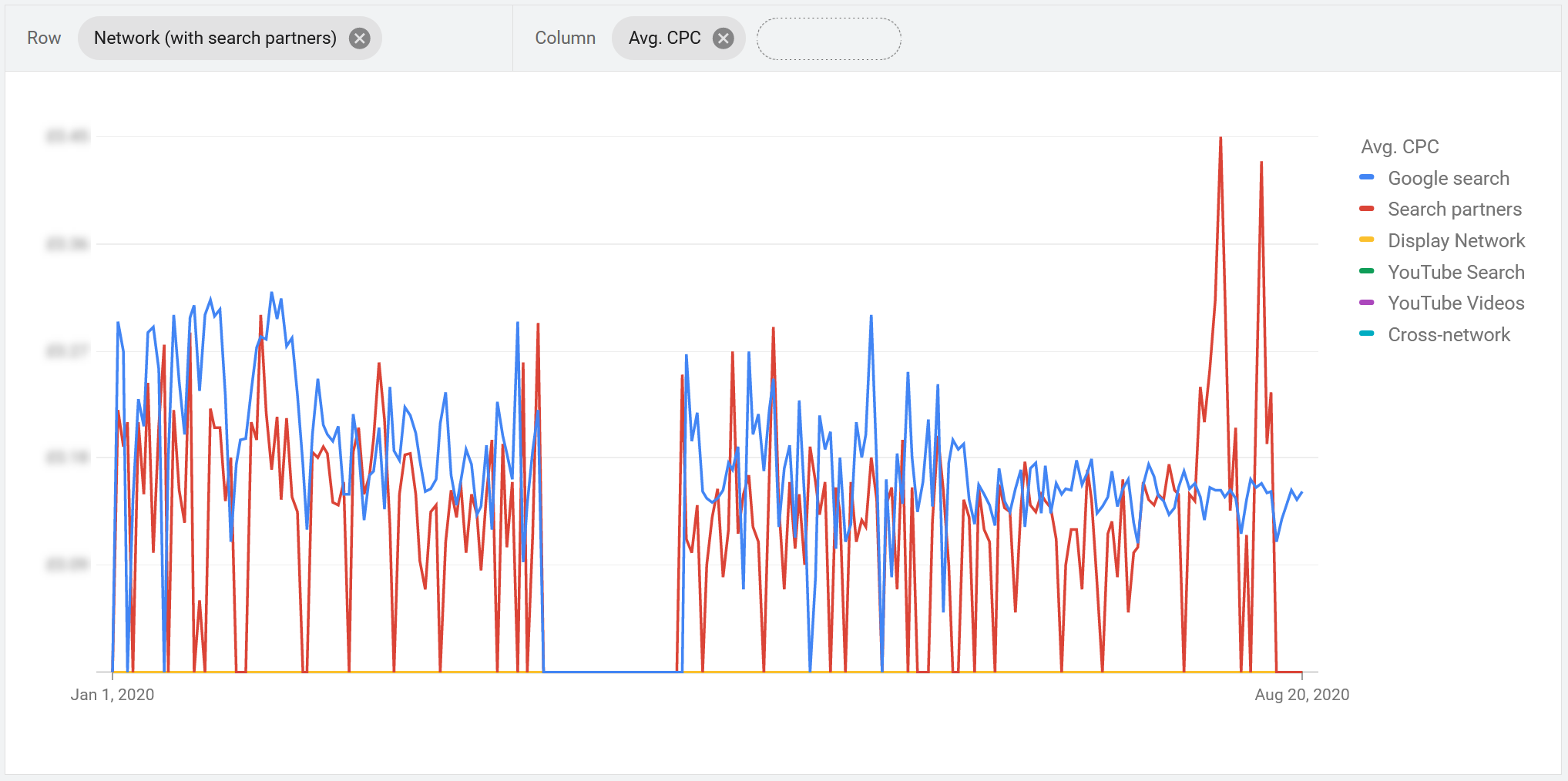







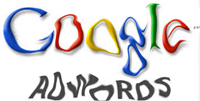 An AdWords account that starts off making a worthwhile profit for the owner is often neglected and, within a year or two, is losing money. Potentially a lot of money. I have seen it happen again and again. If you are running a Google AdWords campaign, you have to at least monitor it. Better still, actively maintain it. Otherwise the rot will soon set in.
An AdWords account that starts off making a worthwhile profit for the owner is often neglected and, within a year or two, is losing money. Potentially a lot of money. I have seen it happen again and again. If you are running a Google AdWords campaign, you have to at least monitor it. Better still, actively maintain it. Otherwise the rot will soon set in.
 $1,071.04 spent on clicks from a single game app, that resulted in 0 trials of the software product being advertised. Hardly surprising given that it was a B2B app that cost around $1000. On further investigation this company was spending a substantial percentage of its AdWords budget on completely useless clicks from in-app ads. Ouch.
$1,071.04 spent on clicks from a single game app, that resulted in 0 trials of the software product being advertised. Hardly surprising given that it was a B2B app that cost around $1000. On further investigation this company was spending a substantial percentage of its AdWords budget on completely useless clicks from in-app ads. Ouch.



 I have been experimenting a bit with promoting my software using promoted tweets. You can target people based on their interests or the Twitter handles they follow. I have chosen the latter approach with the aim of getting people to a) click through to my website and b) retweet (in the hope of more click throughs).
I have been experimenting a bit with promoting my software using promoted tweets. You can target people based on their interests or the Twitter handles they follow. I have chosen the latter approach with the aim of getting people to a) click through to my website and b) retweet (in the hope of more click throughs).

